Exploring Vintage and Antique Culture: Understanding Age Differences and Decade-Specific Terminologies
In today’s world, the terms “vintage” and “antique” are often used interchangeably, yet they carry distinct meanings that vary by era and cultural perspective. For many, the lines between these terms blur, especially when considering age differences and the specific terminology associated with decades past. Is 40 years old vintage or antique? How does one distinguish between the two, and what about the 1920s—Are they antique or vintage? These questions lie at the heart of a fascinating exploration into the nuances of vintage and antique culture. By delving into the definitions, timelines, and evolving perceptions of these terms, this article aims to clarify the distinctions and provide insight into the cultural significance of preserving and celebrating old things from the past. Whether you’re a seasoned collector or simply curious about heritage preservation, this journey through time offers valuable perspectives on the enduring appeal of vintage and antique culture.
Key Takeaways
- Understanding the 100-Year Rule for Antiques: Learn how items aged 100+ years are traditionally defined as antiques, with exceptions for motor vehicles and culturally significant pieces.
- What Defines Vintage in Modern Times: Discover how “vintage” spans multiple decades, from the 1970s to the early 2000s, blending nostalgia with contemporary styles.
- Key Terms for Describing Old Items: From antiques and heirlooms to curiosities and collectibles, understand the diverse terminology used to categorize old and historic objects.

What’s the Difference Between Antique and Vintage?
Antique and vintage are often used to describe collectible items, but they refer to different eras and styles. Understanding the distinction can help you appreciate these unique pieces better.
Key Differences
- Age: Antiques are items that are at least 100 years old, while vintage items are typically from a specific era, usually spanning the mid-20th century (1940s–1970s).
- Timeframe: Antique items are older and often reflect earlier craftsmanship and design, whereas vintage items are associated with a particular time period known for its unique style and innovation.
- Aesthetic: Antique pieces often have a more traditional and classical look, while vintage items are characterized by their mid-century modern design, which combines functionality with aesthetic appeal.
- Value: Both antiques and vintage items can be highly valued, but antiques may command higher prices due to their age and rarity compared to vintage items, which have seen a resurgence in popularity.
Both terms evoke a sense of nostalgia and timeless style, making them desirable additions to any collection. Whether you’re looking for a unique piece of history or a beautifully designed artifact from a specific era, understanding the distinction between antique and vintage can help you make informed decisions.
Explore our curated collection of vintage items and discover the charm of yesteryear with Retro Sales.
What Defines Vintage and Antique?
Vintage and antique are two distinct terms often used to describe items based on their age and historical context. Here’s a breakdown:
- Vintage: Typically refers to items from a specific era, often within the last 100 years. However, “true vintage” specifically refers to items that are at least 50 years old.
- Antique: Generally refers to items that are over 100 years old. Antiques have a longer history and are often associated with earlier periods.
A 40-year-old item falls under the vintage category since it is less than 100 years old. However, it may not qualify as “true vintage” as it is younger than 50 years.
For those interested in learning more about retro and vintage culture, visit our Retro Sales platform. We offer a curated selection of vintage items and provide insightful blog content on retro trends and nostalgia.
Explore our blog for more tips on identifying authentic vintage pieces and connecting with the retro lifestyle.
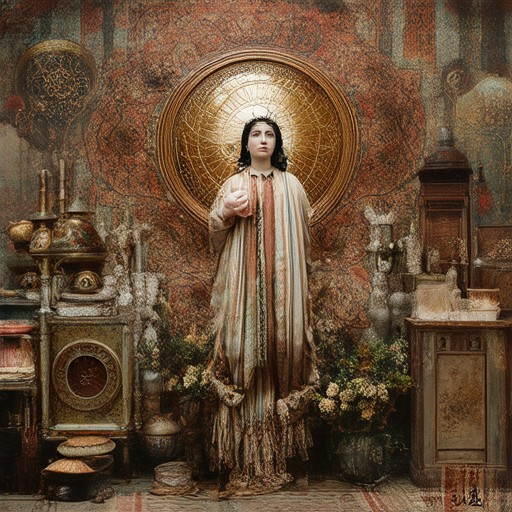
Is 1920s Antique or Vintage?
The term “1920s” refers to items or products from the years 1920 to 1929. These items are classified as vintage rather than antique. Vintage typically describes goods that are at least 20 years old but less than 100 years old. Since the 1920s are within this range, they fall under the vintage category. Antiques, on the other hand, are generally defined as items over 100 years old. Therefore, the 1920s are not considered antique but vintage.
When evaluating items from the 1920s, it’s important to note their historical and cultural significance. Many 1920s artifacts reflect the social, technological, and artistic trends of that era, making them highly valued in collections and decorative settings.

Understanding the 100-Year Rule for Antiques
The term “antique” typically refers to items that are at least 100 years old and are in original, unaltered condition. This rule has been commonly accepted for most collectible items, though exceptions exist depending on the type of object.
Exceptions to the Rule
- Motor Vehicles: Some definitions allow automobiles to be considered antiques at just 25 years old. This is due to the rapid pace of technological advancements in the automotive industry.
- Cultural and Historical Significance: Items that hold special cultural or historical value may be considered antiques regardless of their age, though this is less common.
Applying the Rule
For most objects, the 100-year rule remains a standard criterion. Here are some examples:
- Furniture: A piece dating back to the late 1800s or early 1900s would likely qualify as an antique.
- Jewelry: Items from the Art Deco era (early 20th century) or earlier are often classified as antiques.
- Books: First editions from the 19th century or earlier are considered antiques.
Modern vs. Antique
Items from the last 100-150 years are generally considered too recent to be classified as antiques. Modern designs and technologies often set these apart from true antiquities.
Preserving Antiquity
When evaluating an item as an antique, condition is crucial. Original, undamaged pieces are preferred, though some restorations may still qualify depending on the item’s historical significance.
Collecting with Care
For those interested in building a vintage collection, platforms like Retro Sales offer a curated selection of rare and unique items. Explore our collection to discover pieces that tell the story of yesterday.
Remember, the 100-year rule is a guideline, and the true value of an item often lies in its history, craftsmanship, and cultural impact. Happy hunting!
What Year Is Considered Vintage Now?
Vintage years are subjective and often depend on personal preferences, cultural trends, and historical context. A vintage year typically refers to a period in the past that feels timeless and holds significant value culturally or aesthetically.
For many, the term “vintage” evokes images of the mid-20th century, particularly the 1950s through the 1970s. These decades are celebrated for their unique fashion, design, and cultural milestones. However, modern interpretations of vintage can extend beyond this timeframe, encompassing other eras that resonate with contemporary tastes.
### Key Eras of Vintage Appeal
- 1970s: Known for its countercultural movements, vibrant fashion, and iconic music. The 1970s continue to inspire retro fashion and collectibles.
- 1980s: Characterized by neon colors, leg warmers, and the rise of MTV. This decade is often associated with nostalgia and revivals in modern fashion.
- 1990s: Marked by grunge, skate culture, and the era of CD players. The 1990s have seen a resurgence in recent years due to its unique style.
### Modern Takes on Vintage
In recent years, people have begun to appreciate earlier centuries as well. For instance, the early 2000s have been referenced as “vintage” by some, though this interpretation varies. The mid-2010s saw a significant shift in fashion and technology, leading to debates about what truly qualifies as vintage.
### Current Vintage Trends
Today, many consumers seek out items from the late 1900s and early 2000s, blending them with modern aesthetics. This blend of old and new has created a unique market for vintage-inspired goods.
### How to Identify Vintage Pieces
Look for items with unique craftsmanship, distinctive designs, or marks indicating their era. Authenticity can often be confirmed through research or expert appraisal.
Whether you’re a seasoned collector or new to the world of vintage, understanding these nuances can help you navigate the market with confidence.
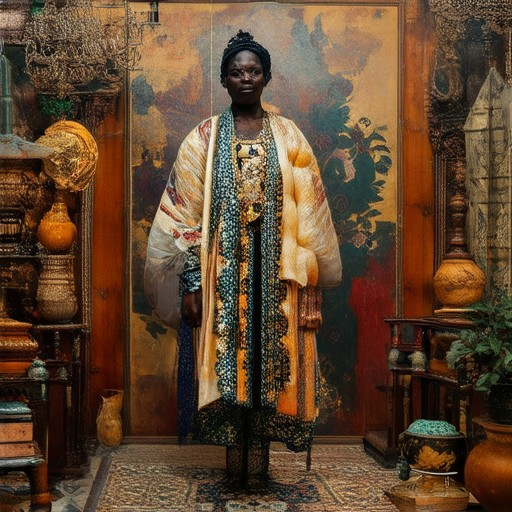
Old Things from the Past
Old things from the past are often referred to by specific terms depending on their age, cultural significance, and historical context. These items carry stories, memories, and values that span generations.
Here are some common ways to describe old things:
- Antiquities : Items from ancient civilizations, dating back thousands of years.
- Vintage : Objects from the late 19th and early 20th centuries, associated with a sense of nostalgia.
- Heirlooms : Treasured family items passed down through generations.
- Curiosities : Unique or unusual objects of historical interest.
- Relics : Artifacts or remnants from a particular time or event.
- Artefacts : Objects created by ancient cultures, often found through archaeology.
- Collectibles : Rare or unique items sought after by collectors.
- Nostalgia : Items that evoke a sense of longing for the past.
- Classic : Products or designs that have stood the test of time.
- Historical : Related to history, often preserved for its significance.
- Cultural : Objects reflecting the customs, traditions, or achievements of a society.
These terms highlight the enduring value and historical importance of old things, making them cherished parts of our collective memory and heritage.
For more information on preserving and celebrating these old things, visit our Retro Sales platform, where you can explore a curated collection of vintage items and learn about their stories.
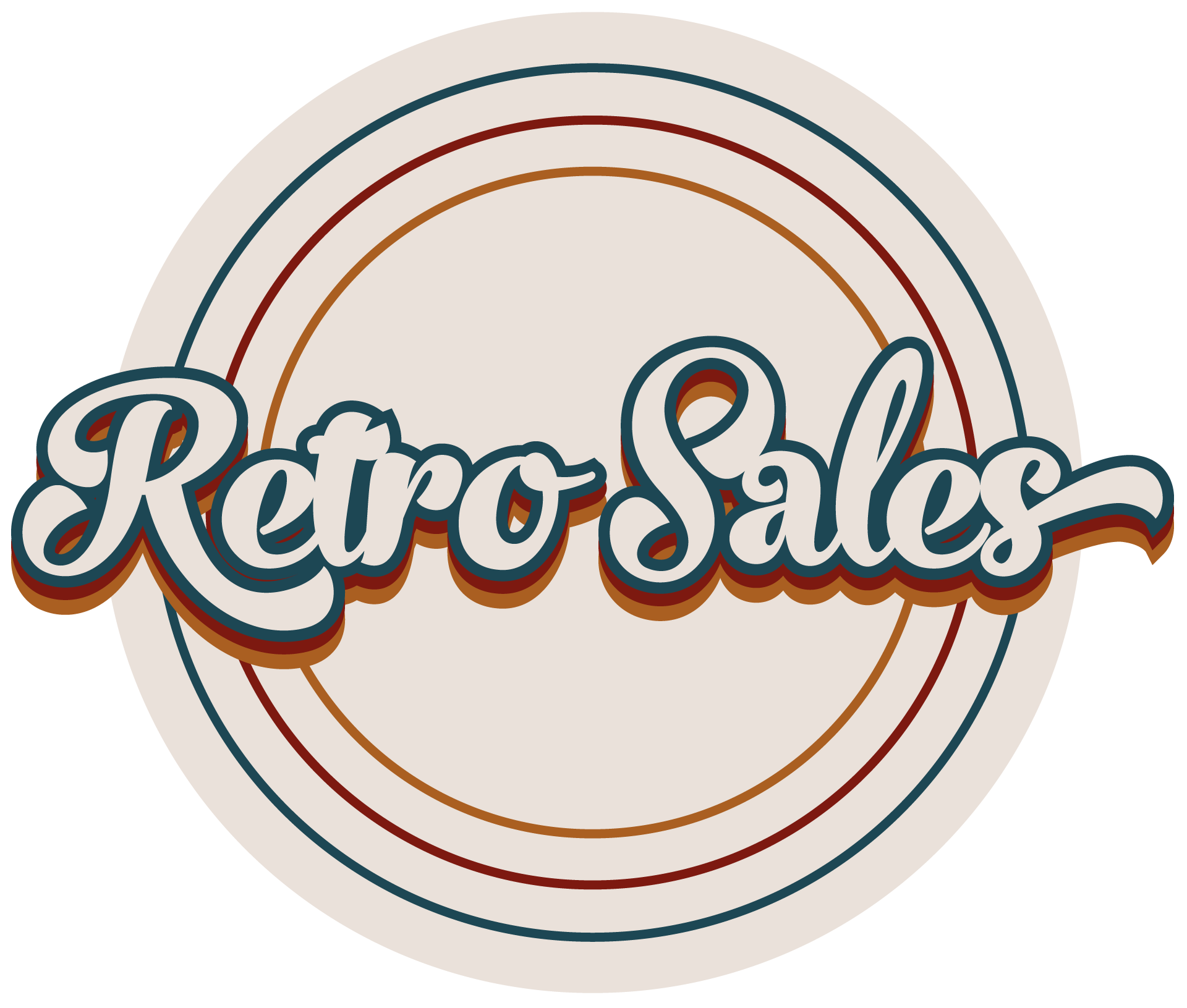

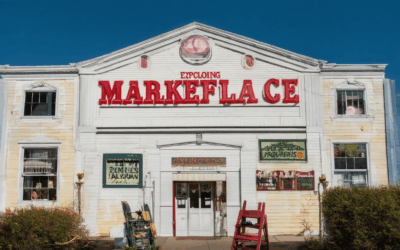
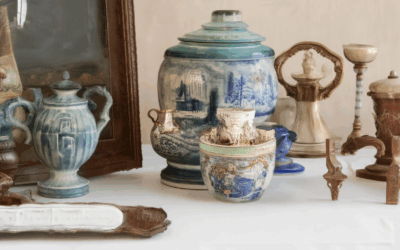
0 Comments